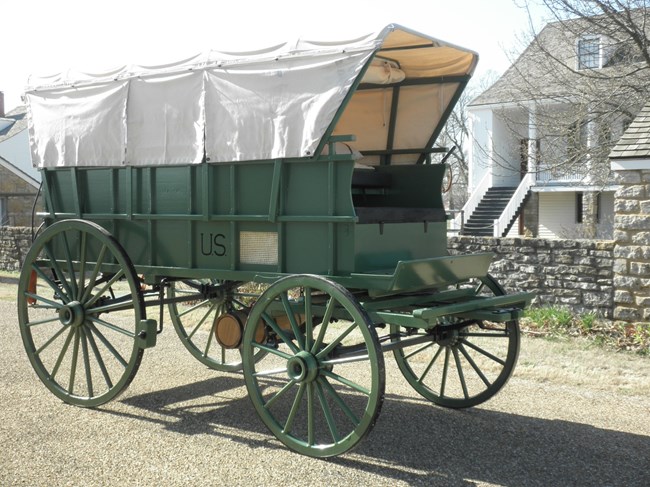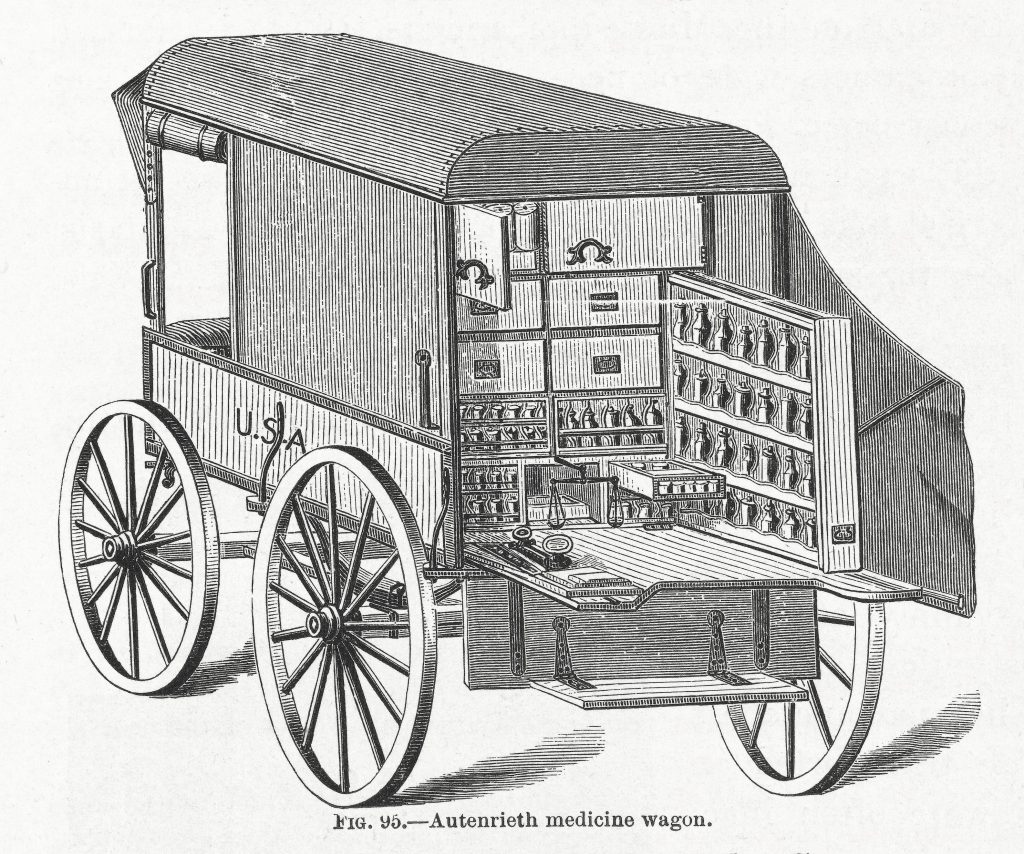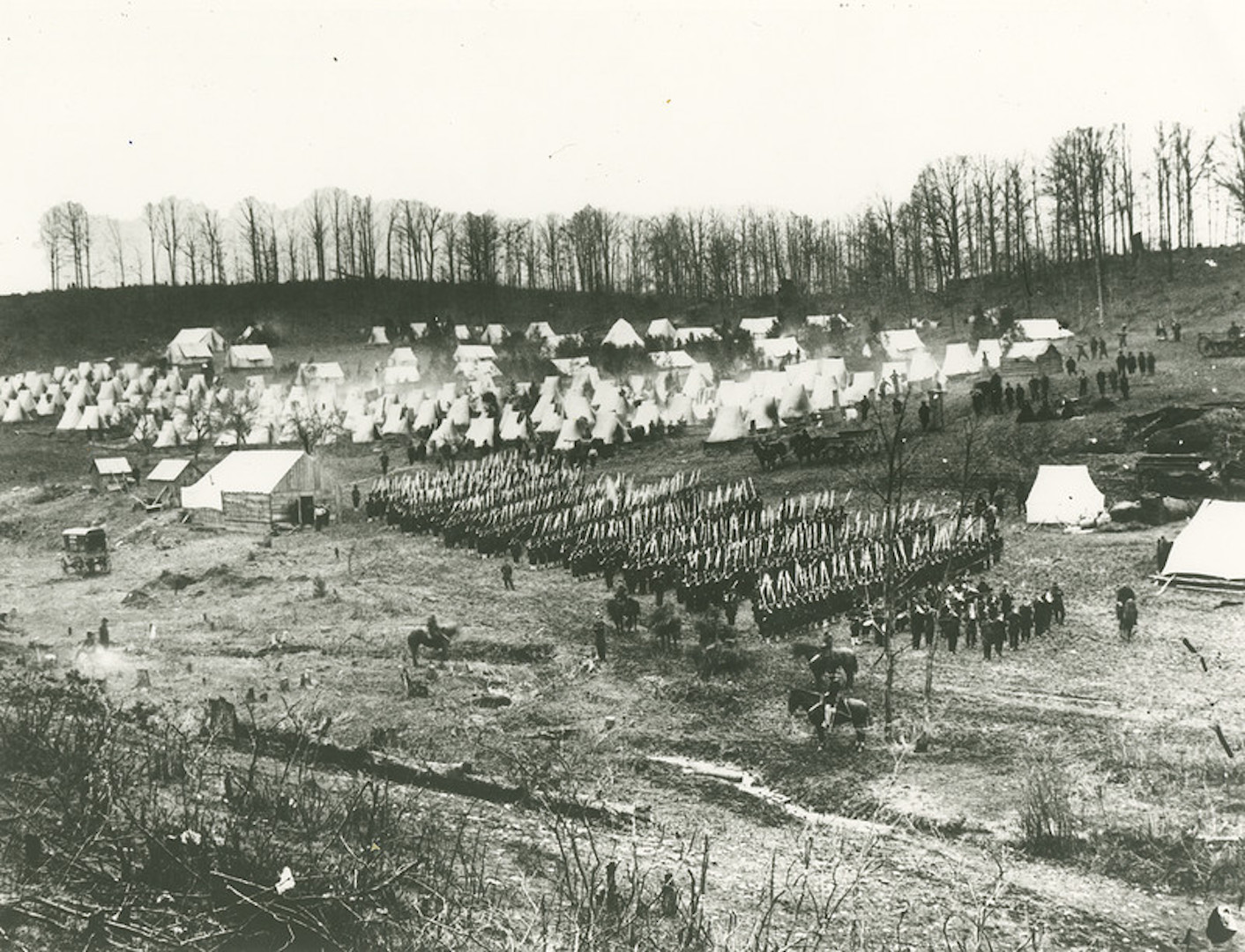In unsettled times it is always tempting to look back at the past and romanticize it. I am interested in a number of different periods in the past, but the one that resonates with me the most is the nineteenth century. Part of it is personal. My parents were close to a decade older than other parents at the time my brothers and I were born, which pushes my grandparents back into the nineteenth century. The oldest was my maternal grandfather, who was born in 1876. He was fifty when my mother was born. He was already old enough to become a grandfather in the 1920’s. My grandmother, his wife, was born in the late 1880’s. My father’s parents were both born in the early 1890’s. For me, the nineteenth century has never seemed like the distant past, but the recent past. I think this has helped me to not romanticize it.
For many, such as my children’s generation, the nineteenth century is wrapped in a fog. It is too far back to have any direct felt connection to people then. The factor that helped my family to feel an affinity for this period is that my father’s family has been in one place for centuries. We have a sense of place and longevity. The names and images of my ancestors several generations back are as familiar to me as those of my parents.
Romanticizing the past can often come with a lack of familiarity. Many can and will say that times were simpler then—that people had fewer pressures on them and had more time for everything. I’ve actually heard people say that many times. The opposite is the case. We actually have much more leisure time than people did a century and a half ago. We can travel much faster. We have household appliances that perform tasks for us that were once done by hand—laundry, cooking, etc.
We are a society in which we are in close contact with many in our lives. Not necessarily physical, but through social media. And, if a family emergency arises it is easy to be in contact with those who need to know, through a text or phone call.
In the nineteenth century travel was possible, for sure, but took much longer. The fastest method was by rail, but that didn't become common until the 1850's, and even then there were many places that were not directly connected with rail. Travel in general was expensive, and people who were separated by distance did not see one another often. This made communication even more vital. Other than direct personal contact, immediate communication was not possible until the advent of the telegraph in the early 1840's.
In the nineteenth century the memory of those who were separated from one another by distance or death was kept alive as it is today, with personal possessions, letters, and photographs. Photographs were much less common earlier in the century, and were non-existent until the introduction of the daguerreotype in 1839. Even with that, daguerreotypes were expensive and those who could not afford them went without any likeness of their loved one with the possible exception of a silhouette.
 |
| Deathbed scene ca. 1860 |
We are also less likely to die or suffer from disease. The COVID pandemic brought us back to the reality that most of the world has experienced for most of human history. In the nineteenth century people routinely died of sepsis, tuberculosis, cancer, heart disease, and any one of the childhood diseases that we now take vaccines for—that is, until RFK Jr. succeeds in killing us off by dissing the efficacy of vaccines. That may not be long lived.
The norm until the early twentieth century is that when a person fell ill with anything, there was an instinctual fear of impending death. The literature of the nineteenth century is replete with poetry and stories about how people health with death. How did they deal with death? Not much differently than we do. They grieved and tried to find meaning in a loved one’s death, much as we do now. The difference, if there is any, is that they were accustomed to sudden death in a way that we are not. Aside from accident or injury, or a sudden health crisis such as a stroke or cardiac arrest, we do not expect sudden death. They did. A cold could easily slide into pneumonia and carry away a loved one in a matter of days.
The religious environment was different, and that was where people often found meaning at a time of death. Much of the American population was evangelical Protestant, and a sizable part of the poetry and literature of this period reflects that worldview.the general theme was that those who were left behind could still feel the presence of their loved one who resided in the comforts of heaven, as in this example from circa 1860:
Our Little Child with Radiant Eyes
With seeking hearts we still grope on,
Where dropped our jewel in the dust;
The looking crowd have long since gone,
And still we seek with lonely trust:
O little child with radiant eyes!
In all our heartache we are drawn,
Unweeting, to your little grave;
There on your heavenly shores of dawn
Breaks gentler sorrow’s sobbing wave,
O little child with radiant eyes!
Dark underneath the brightening sod,
The sweetest life of all our years
Is crowded, in a gift to God.
Outside the gate we stand in tears;
O little child with radiant eyes!
Heart-empty as the acorn cup,
That only fills with wintry showers,
The breaking cloud but brimmeth up
With tears this pleading life of ours,—
O life child with radiant eyes!
We think of you, our angel kith,
Till life grows light with starry leaven;
We ne’er forget you, darling, with
The gold hair waving high in heaven!
O life child with radiant eyes!
Your white wings grown will conquer death!
You’re coming through our dreams e’en now,
With azure peep of heaven beneath
The arching glory of your brow,
O little child with radiant eyes!
We can not pierce the dark, but oft
You gaze on us with looks of balm;
A hint of heaven—a touch more soft
Than kisses—all the trouble is calm:
O little child with radiant eyes!
Think of us wearied in the strife,
And when we sit by sorrow’s streams,
Shake down upon our drooping life
The dew that brings immortal dreams:
O little child with radiant eyes!
From Lonnie, Our Little Lamb. Boston: American Tract Society, n.d., pp. 107-108
This may seem overly sentimental to our minds but it resonated with many.
 |
| Carte de visite, ca. 1864-7. My collection |
I don't romanticize the past because any age is a package of good and ill. There are many interesting and exceptional aspects to that period, but also a lot of elements we would find difficult to accept, such as the prevalence of war, white supremacy, and out and out racism (sounds like today). Injustice abounded for many people. No epoch of human history is an unalloyed realm of virtue. Every age has its own failings.
The aspects of life at that time mentioned above made life difficult. To romanticize any period is to skew how the people of that time understood themselves and their place in the world. They knew that the world they lived in was a mixed bag. It is true, nevertheless, that we can see things they couldn't. They couldn't have known the outcome of the Civil War when they were in the middle of it, for instance.
For me, the bottom line is that we shouldn't romanticize the past because it was someone else's present. We certainly don't romanticize our own time. Neither did they. The people who lived in the nineteenth century, with all of its problems and challenges, were no different than us in that they were just trying to get through the day. In that way they were just like us, with all the same hopes and fears.







































